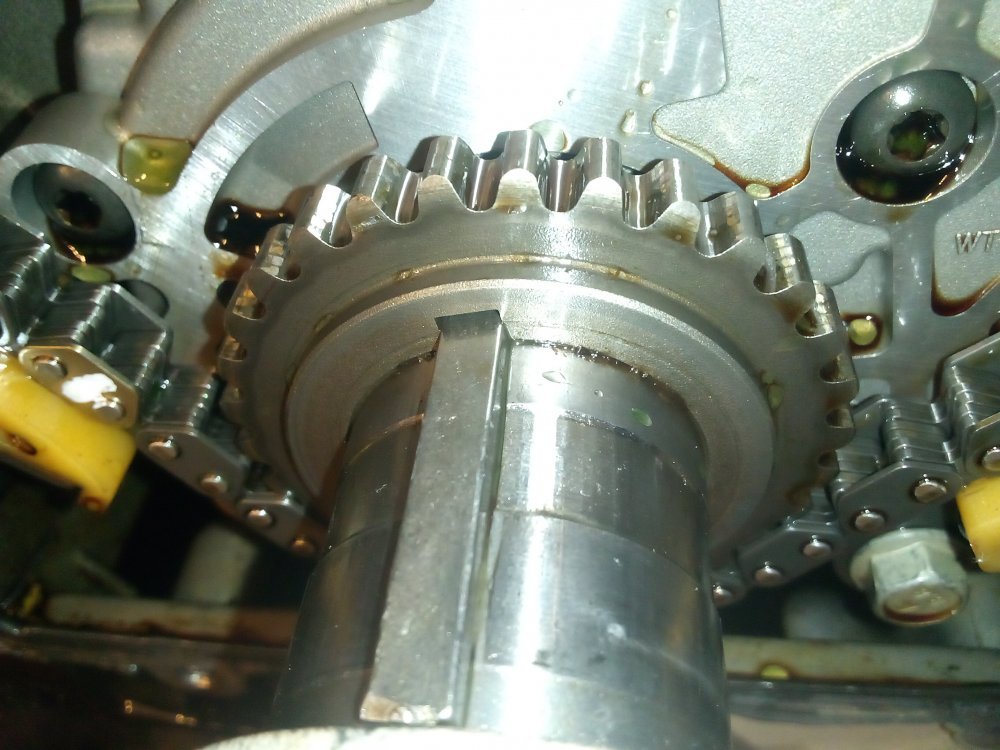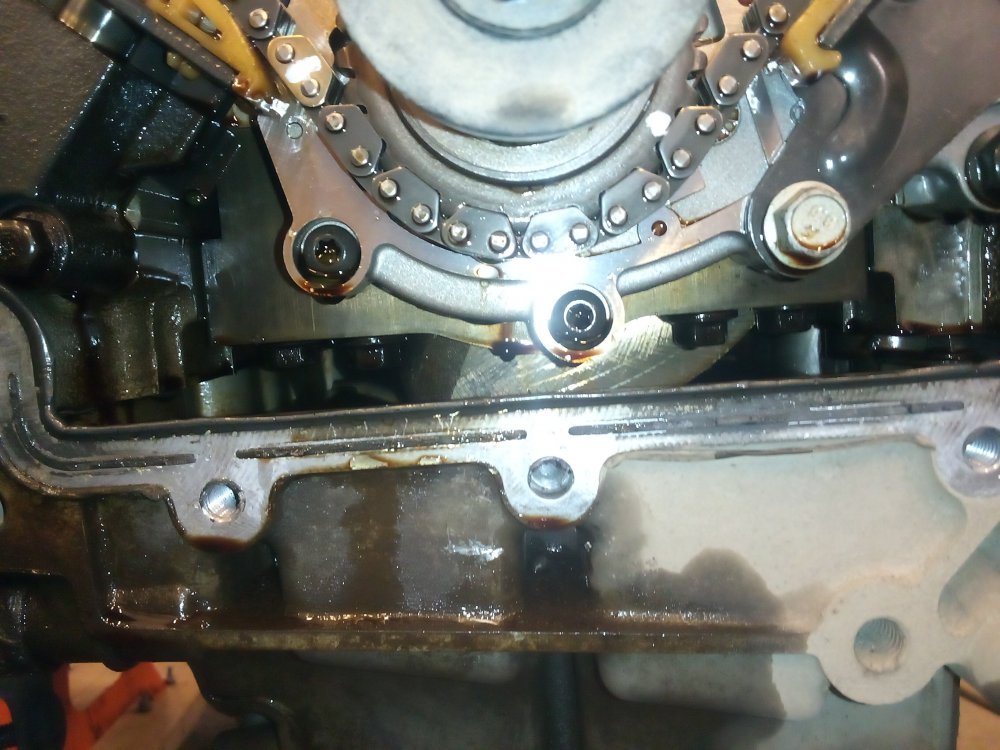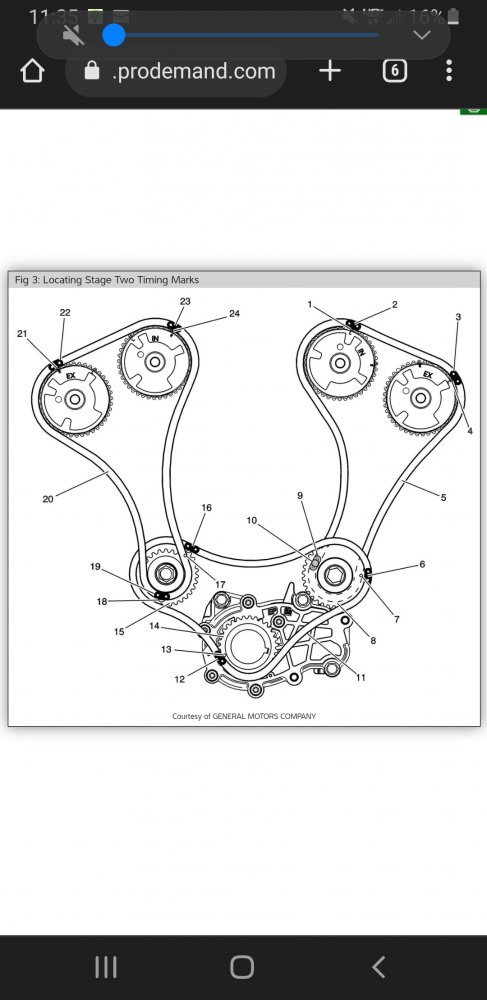Will L.
Well-Known Member
We need a fingers crossed added to the like bar...
Follow along with the video below to see how to install our site as a web app on your home screen.
Note: This feature may not be available in some browsers.
They shouldn't be able to move enough to make valve contact. It would have to physically jump time or the phaser would have to some how fail to allow too much movement to bend the valves. 99% of time I see broken timing chain guides on these. I actually have one in my garage now for a friend im doing on the side.@Rockabillyrat do you know if the phasers can move enough to cause valve contact? Near as I can tell it appeared to be in time still



Consider this. Assume that the crank was installed and set at TDC, but both intake cams were set off (for whatever reason, misread timing marks, whatever) so that they were already advanced/retarded when the chain was installed so that the engine ran, but when the VVT was actuated it caused the valve timing to be off enough that piston to valve contact occured on all intake valves to cause the bending.Do you still have that engine in your garage you could verify that on? Be interesting to know where the dots are at in relation to TDC. If indeed the crank is good then the issue would have to be that the primary chain slipped to damage both sides.